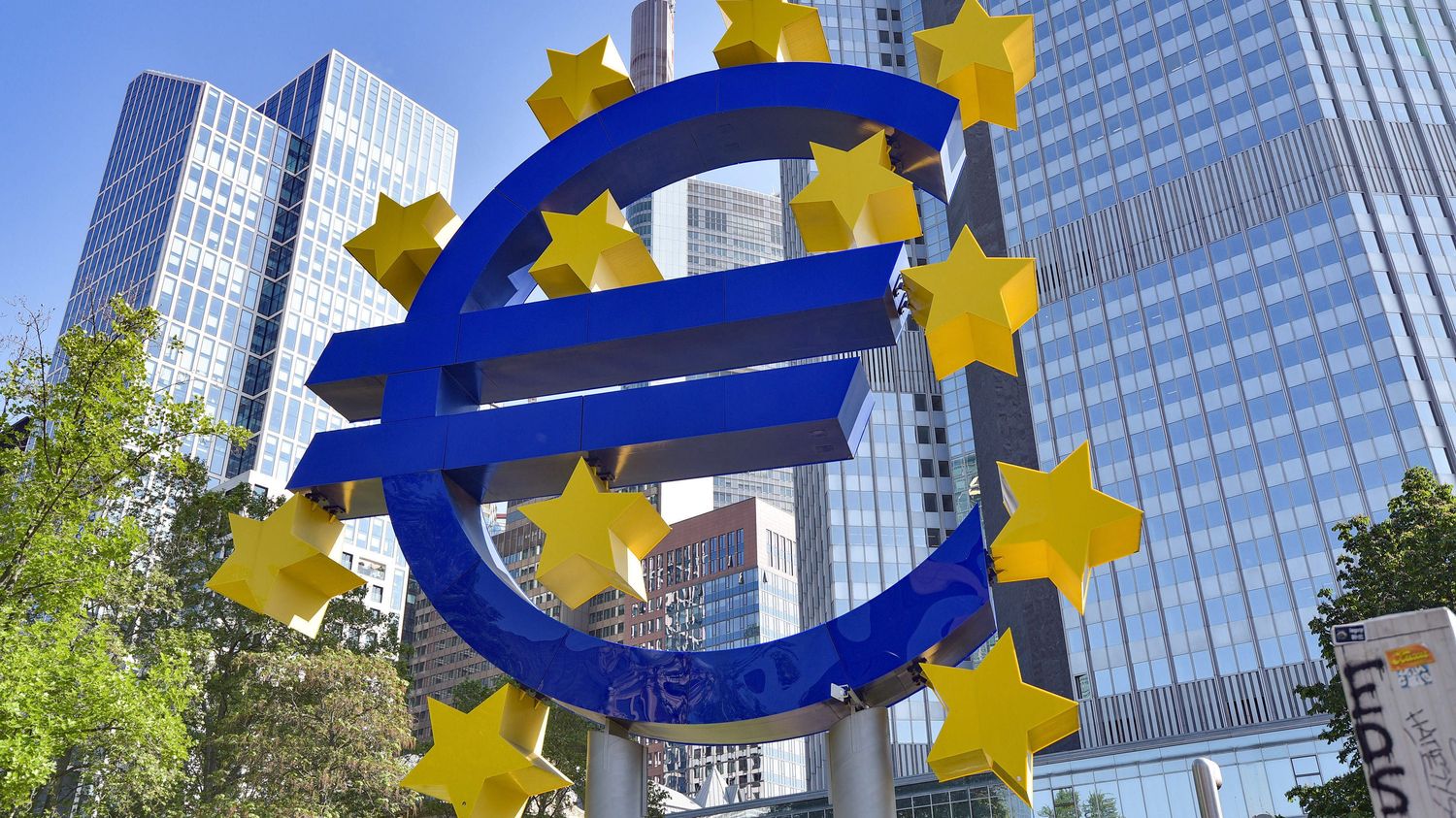No increase, but no decrease in interest rates either, so credit, for households and businesses, remains expensive. A decision which means that the problem of inflation is still not resolved and that it is not close to being resolved.
Published
Update
Reading time: 2 min

The monetary authorities continue to reassure us by suggesting that the rise in prices is calming down and that the reduction in interest rates is coming soon. The decision taken on Thursday January 25 by the European Central Bank (ECB) tends to put this perspective into perspective. At a time when, it is true, inflation is slowing down a little, the President of the ECB, Christine Lagarde, believes that risks could still come to thwart this trajectory.
Discussions about first rate cuts are “premature”, to use Christine Lagarde’s own words. What are these risks? First there is the geopolitical factor. The war in the Middle East is added to the war in Ukraine; the tensions in the Red Sea where the Houthi rebels of Yemen – in support of the Palestinians – attack commercial ships, forcing them to bypass the region and increase the cost of transporting goods… But also the high level of oil prices ‘energy.
The risk of too high a rise in wages
The ECB designates the evolution of wages as the main inflationary risk, a very sensitive subject at the time of the debate on purchasing power. Increasing wages are good for growth, but it is also increasing consumer demand and therefore increasing prices. It is the law of supply and demand. However, the role of the Central Bank is to control price developments and limit inflation to 2%. Today we are in the euro zone at around 3%.
So the ECB is playing its role as firefighter. Raising wages is natural, but raising them too much would only fuel inflation that is already too high. A situation that is difficult to understand for households who today have difficulty making ends meet.
